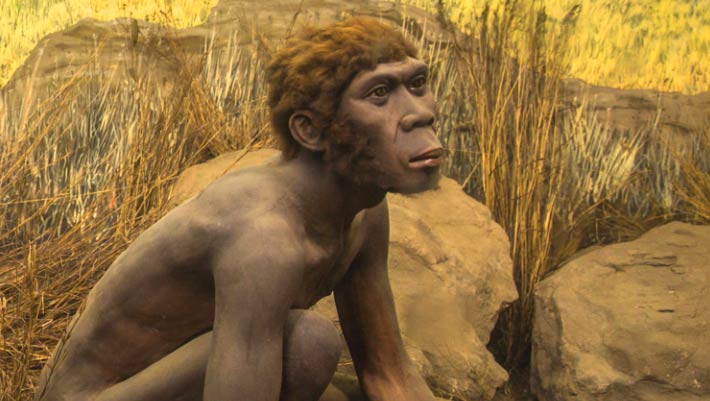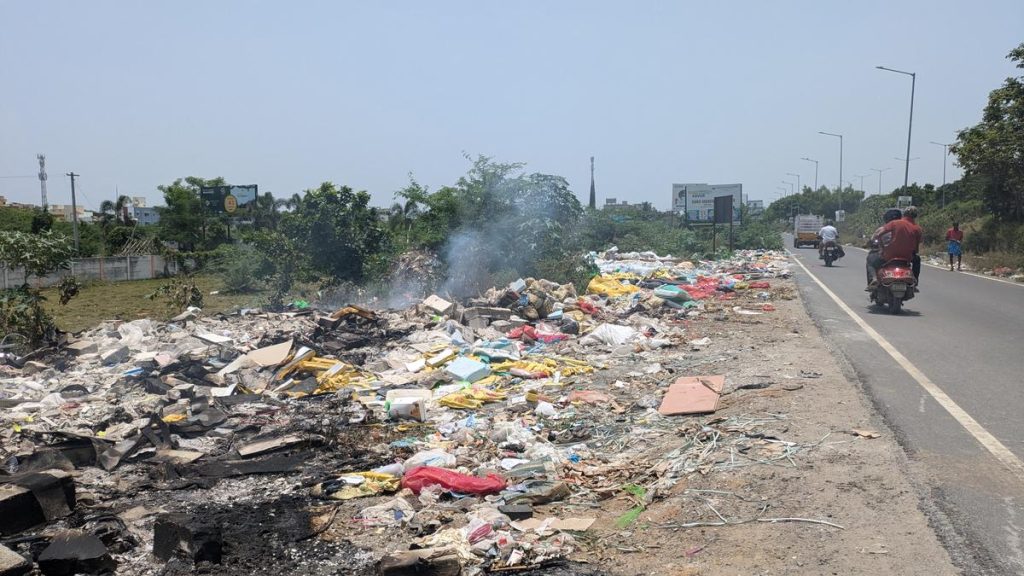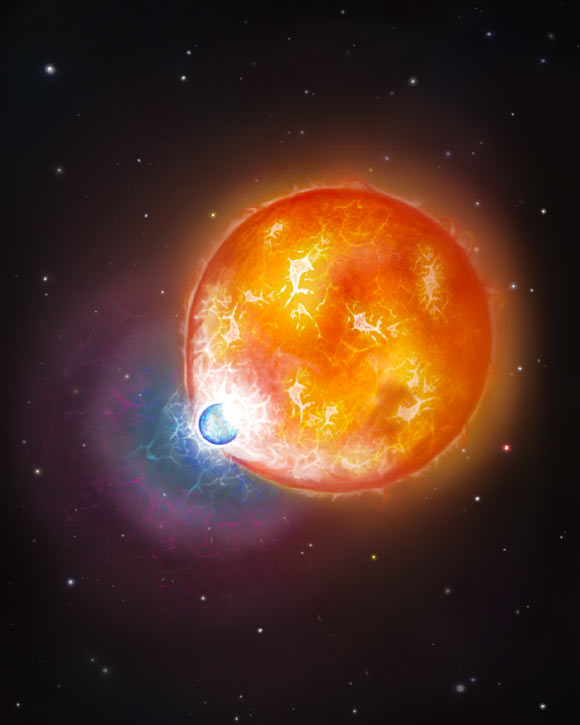Now Reading: Ancient Hominins Thrived in Sulawesi Over 1 Million Years Ago
-
01
Ancient Hominins Thrived in Sulawesi Over 1 Million Years Ago
Ancient Hominins Thrived in Sulawesi Over 1 Million Years Ago

Quick Summary
- Archaeologists from Griffith University have discovered seven stone artifacts at the Calio site on Sulawesi, indicating hominin presence dating back at least 1.04 million years and possibly up to 1.48 million years.
- The artifacts suggest human ancestors crossed oceanic barriers to reach wallacea around the same time as their arrival on Flores (~1.02 million years ago).
- The tools, made from riverbed stones, demonstrate Early Pleistocene tool-making activity near a river channel in Sulawesi.
- Researchers used paleomagnetic dating and pig fossil analysis for confirming the age of the find.
- Despite evidence of tool-making, no hominin fossils were found at the Calio site; their identity remains unknown.
- Comparisons are drawn with nearby Wallacean islands like Flores,which harbored small-bodied hominins such as Homo floresiensis due to evolutionary changes like island dwarfism.
- This raises questions about how ecological isolation may have affected evolution on Sulawesi – a substantially larger and more resource-rich island.
indian Opinion Analysis
This revelation is another fascinating addition to our understanding of early human migration during the Pleistocene era. It emphasizes humanity’s remarkable ability to overcome geographical barriers long before modern humans emerged in africa or spread globally. For India, findings like these shed light on broader patterns of prehistoric dispersals across neighboring regions such as Southeast Asia-potentially relevant for shaping studies into early movements toward South Asia too.
The identification of tools but not fossils underscores challenges archeologists face when piecing together evolutionary narratives without complete evidence sets. Furthermore, by drawing attention to how ecological conditions influence adaptation (such as island dwarfism seen in Homo floresiensis), this study opens up captivating avenues for both anthropology researchers and conservationists studying isolated ecosystems today.























